

Articles
How To Store Homemade Sandwich Bread
Modified: January 5, 2024
Learn the best methods and tips for storing your homemade sandwich bread to keep it fresh and delicious for longer. Discover useful articles on bread storage techniques.
(Many of the links in this article redirect to a specific reviewed product. Your purchase of these products through affiliate links helps to generate commission for Storables.com, at no extra cost. Learn more)
Introduction
Homemade sandwich bread is a delightful treat that many of us enjoy. Whether you bake it yourself or receive it as a gift, knowing how to properly store it is essential to maintain its freshness and flavor. Stale or spoiled bread can ruin the enjoyment of a sandwich or a toast. Don’t fret! In this article, we will guide you through the process of storing homemade sandwich bread to ensure that it stays fresh and delicious for as long as possible.
When it comes to storing homemade bread, there are a few key factors to consider: the right container, the proper wrapping technique, and the ideal storage conditions. By following these guidelines, you can extend the shelf life of your homemade sandwich bread, keeping it fresh and tasty for days!
So, let’s dive in and explore the best practices for storing your homemade sandwich bread.
Key Takeaways:
- Keep your homemade sandwich bread fresh by choosing the right container, wrapping it tightly, and storing it at room temperature. Avoid refrigeration and use beeswax wraps for an eco-friendly option.
- Extend the shelf life of your homemade sandwich bread by freezing it properly and reheating it to maintain its taste and texture. Enjoy fresh bread whenever you desire and impress your family and friends!
Read more: How To Store Homemade Breakfast Sandwiches
Choosing the Right Container
When it comes to storing homemade sandwich bread, the choice of container is crucial. You want to find a container that will provide adequate protection from air, moisture, and pests. Here are a few options to consider:
- Plastic Bread Box: A plastic bread box is a popular choice for storing bread. It provides an airtight seal and keeps the bread protected from moisture and insects. Look for a bread box with a tight-fitting lid to ensure maximum freshness.
- Sturdy Food Storage Container: If you don’t have a bread box, a sturdy food storage container can work just as well. Choose one that is large enough to accommodate the bread and has a secure lid. Make sure to clean and dry the container thoroughly before storing the bread to prevent any residual moisture.
- Reusable Bread Bags: Another eco-friendly option is to use reusable bread bags made of cotton or linen. These bags allow the bread to breathe while still providing some protection from air and moisture. Look for bags with a drawstring closure to ensure a snug fit.
Remember to choose a container that is specifically designed for storing bread. Using improper containers, such as regular plastic bags or paper bags, can lead to increased moisture retention and cause the bread to go stale quickly.
Always make sure that the container you choose is clean and dry. Any residual crumbs or moisture can attract pests and cause the bread to spoil faster. Additionally, avoid storing bread near strong-smelling foods as it can absorb odors.
Now that you have chosen the right container, it’s time to learn how to wrap your homemade sandwich bread to maximize its freshness.
Wrapping the Bread
Properly wrapping your homemade sandwich bread is essential to maintain its freshness and prevent it from drying out. Here are a few tips on how to wrap your bread effectively:
- Use Plastic Wrap: One of the most common methods is to wrap the bread in plastic wrap. Start by placing the loaf on a clean, flat surface and tightly wrap it with the plastic wrap. Make sure to cover the entire loaf, sealing it tightly to prevent air and moisture from getting in.
- Use Aluminum Foil: Another option is to use aluminum foil. If you prefer a crunchier crust, wrapping the bread in foil can help retain moisture while allowing the crust to stay firm. Wrap the loaf tightly, ensuring that it is fully covered.
- Consider Beeswax Wraps: For an eco-friendly alternative, you can use beeswax wraps. These reusable wraps, made from fabric coated in beeswax, provide a breathable yet moisture-resistant covering for your bread. Simply wrap the loaf in the beeswax wrap, securing it in place.
Regardless of the wrapping method you choose, ensure that the bread is completely covered, leaving no exposed areas. This will prevent moisture loss and the bread from becoming stale. Avoid using plastic bags or bread ties alone as they do not provide adequate protection.
After wrapping the bread, it’s time to determine the best storage conditions. Let’s explore how to store your homemade sandwich bread at room temperature.
After allowing the homemade sandwich bread to cool completely, store it in a resealable plastic bag or airtight container at room temperature for up to 3 days, or in the freezer for up to 3 months.
Storing at Room Temperature
Storing homemade sandwich bread at room temperature is a convenient option, especially if you plan to consume it within a few days. Follow these guidelines to ensure optimal freshness:
- Find a Cool, Dry Location: Choose a cool spot in your kitchen or pantry away from direct sunlight, heat sources, and moisture. The ideal temperature for storing bread is around 70°F (21°C).
- Avoid Refrigeration: While it may seem logical to refrigerate bread to extend its shelf life, it’s best to avoid doing so with homemade sandwich bread. Refrigeration can accelerate staling and cause the bread to dry out.
- Keep Away from Moisture: Ensure that the bread is stored in an airtight container or wrapped tightly in plastic wrap to prevent moisture absorption. Excess moisture can lead to mold growth and spoil the bread.
- Consume Within a Few Days: Homemade sandwich bread is best enjoyed fresh. It is recommended to consume it within 3-5 days of baking for optimal taste and texture.
By following these tips, you can enjoy fresh and delicious homemade sandwich bread for several days without compromising its quality.
However, if you cannot finish the bread within a few days and want to preserve it for a longer period, freezing is a great option. Let’s explore how to freeze your homemade sandwich bread in the next section.
Freezing the Bread
Freezing homemade sandwich bread is an excellent way to extend its shelf life and ensure that you always have a supply of fresh bread on hand. Follow these steps to freeze your bread properly:
- Cool the Bread Completely: Before freezing, allow the bread to cool completely to room temperature. This will prevent condensation from forming inside the packaging and causing freezer burn.
- Slice or Keep Whole: Decide whether you want to freeze the bread as a whole loaf or sliced. If you prefer to have pre-sliced bread for easy consumption, slice it before freezing. Otherwise, you can freeze the entire loaf.
- Wrap in Plastic Wrap: Wrap the bread tightly in several layers of plastic wrap, ensuring there are no gaps or exposed areas. Alternatively, you can use a freezer bag or airtight container specifically designed for freezer storage.
- Label and Date: It’s essential to label the package with the type of bread and the date of freezing. This will help you keep track of the bread’s freshness and ensure you use it within the recommended time frame.
- Place in Freezer: Finally, place the wrapped bread in the freezer. Ensure that it is placed in a space where it won’t get squished or damaged by other frozen items.
Frozen homemade sandwich bread can last up to three months in the freezer without compromising its flavor or texture. However, for the best quality, it is recommended to consume it within 1-2 months.
When you’re ready to enjoy your frozen bread, it’s important to know the proper thawing and reheating techniques. Let’s explore those in the next section.
Read more: How To Store Sandwich Bread
Thawing and Reheating
Thawing and reheating your frozen homemade sandwich bread properly will help maintain its taste and texture. Here are the steps to follow:
- Thawing: Remove the frozen bread from the freezer and let it thaw at room temperature. It is best to keep it wrapped during the thawing process. Depending on the size of the loaf, it may take a few hours to thaw completely.
- Reheating: Once the bread is thawed, you can choose to enjoy it as is or warm it up for a fresher taste. There are a few methods you can use to reheat your bread:
- Oven or Toaster Oven: Preheat your oven or toaster oven to around 350°F (175°C). Place the bread directly on the oven rack or on a baking sheet and heat for about 5-10 minutes until it is warmed through. This method will help restore the crustiness of the bread.
- Microwave: If you’re short on time, you can also use a microwave to reheat the bread. Wrap the bread in a damp paper towel and microwave on low power for 10-20 seconds at a time until it reaches your desired warmth. Be careful not to overheat, as it can make the bread dry.
Once reheated, your frozen homemade sandwich bread will taste almost as fresh as when it was first baked. It’s now ready to be enjoyed in sandwiches, toasted for breakfast, or used in any other creative recipe!
Remember, once the bread has been thawed and reheated, it should not be refrozen. Consume it within a few days to fully enjoy its quality.
Now that you know how to store, freeze, thaw, and reheat your homemade sandwich bread, you can savor its deliciousness for an extended period. Enjoy the convenience of having fresh bread whenever you desire, and impress your family and friends with your baking skills!
Frequently Asked Questions about How To Store Homemade Sandwich Bread
Was this page helpful?
At Storables.com, we guarantee accurate and reliable information. Our content, validated by Expert Board Contributors, is crafted following stringent Editorial Policies. We're committed to providing you with well-researched, expert-backed insights for all your informational needs.






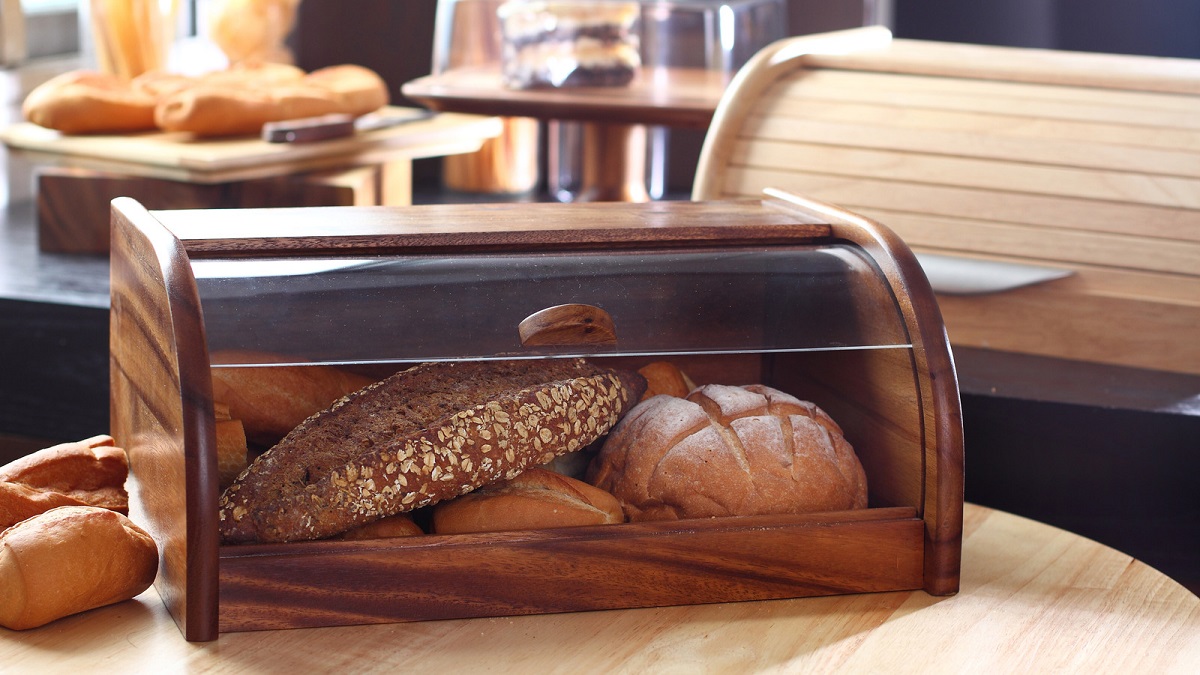


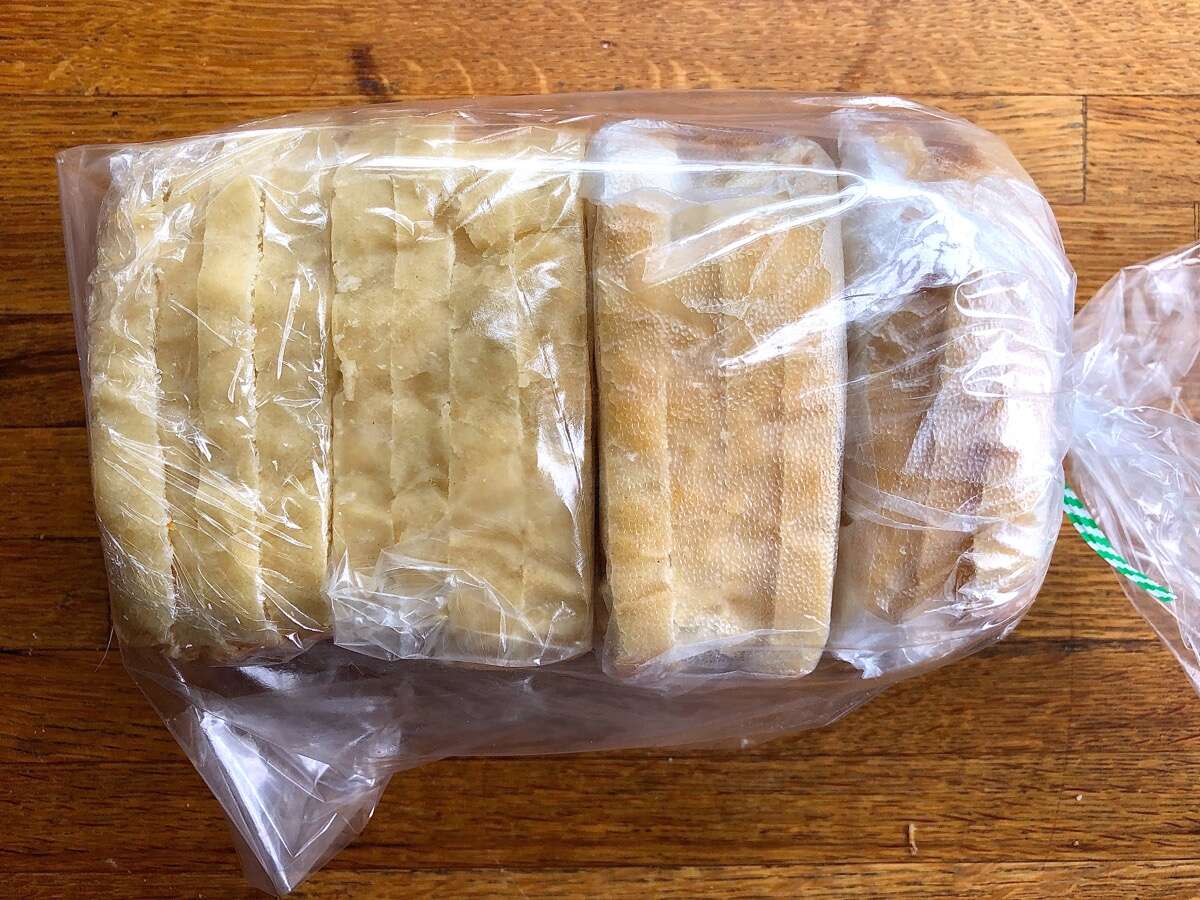
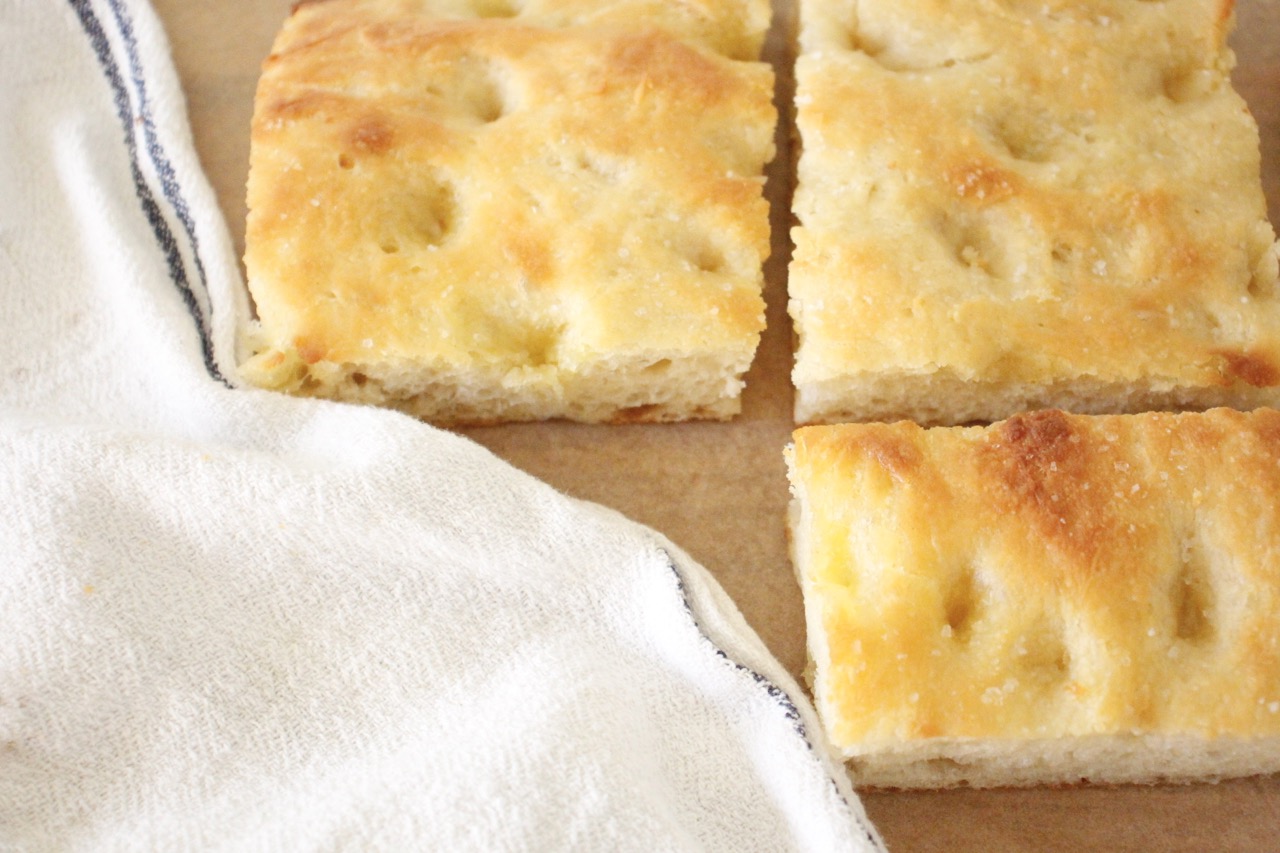

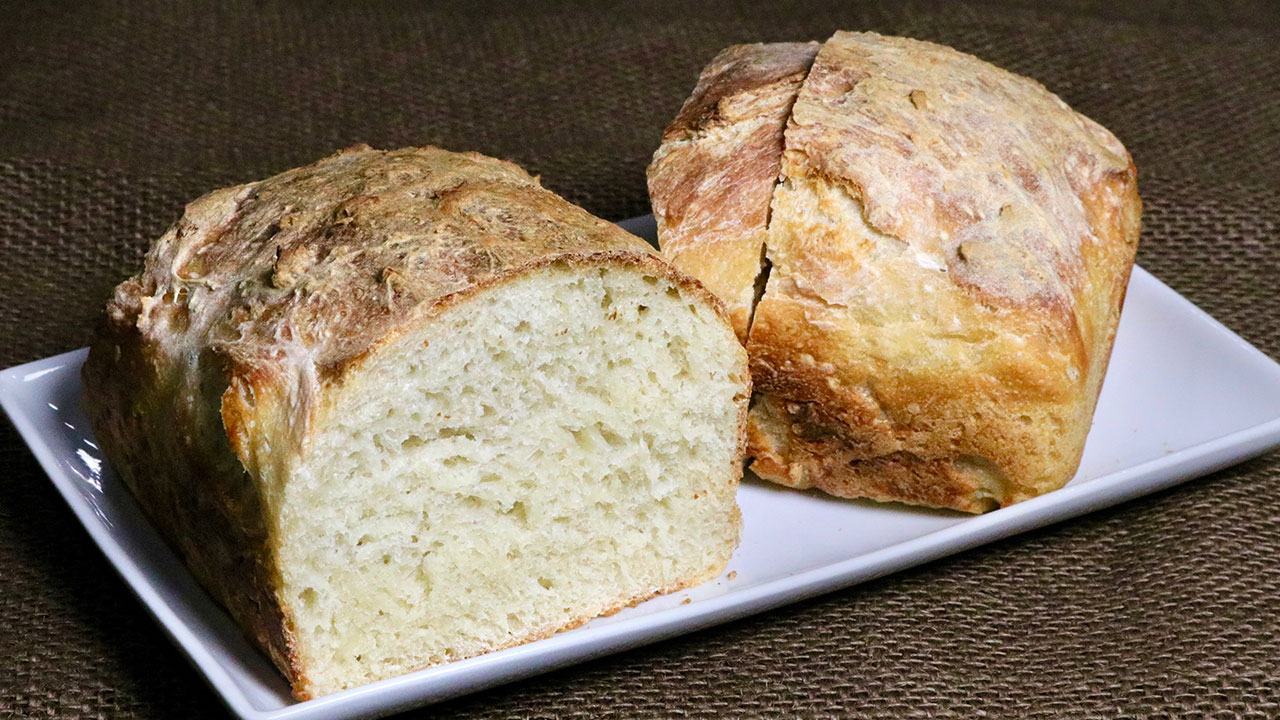
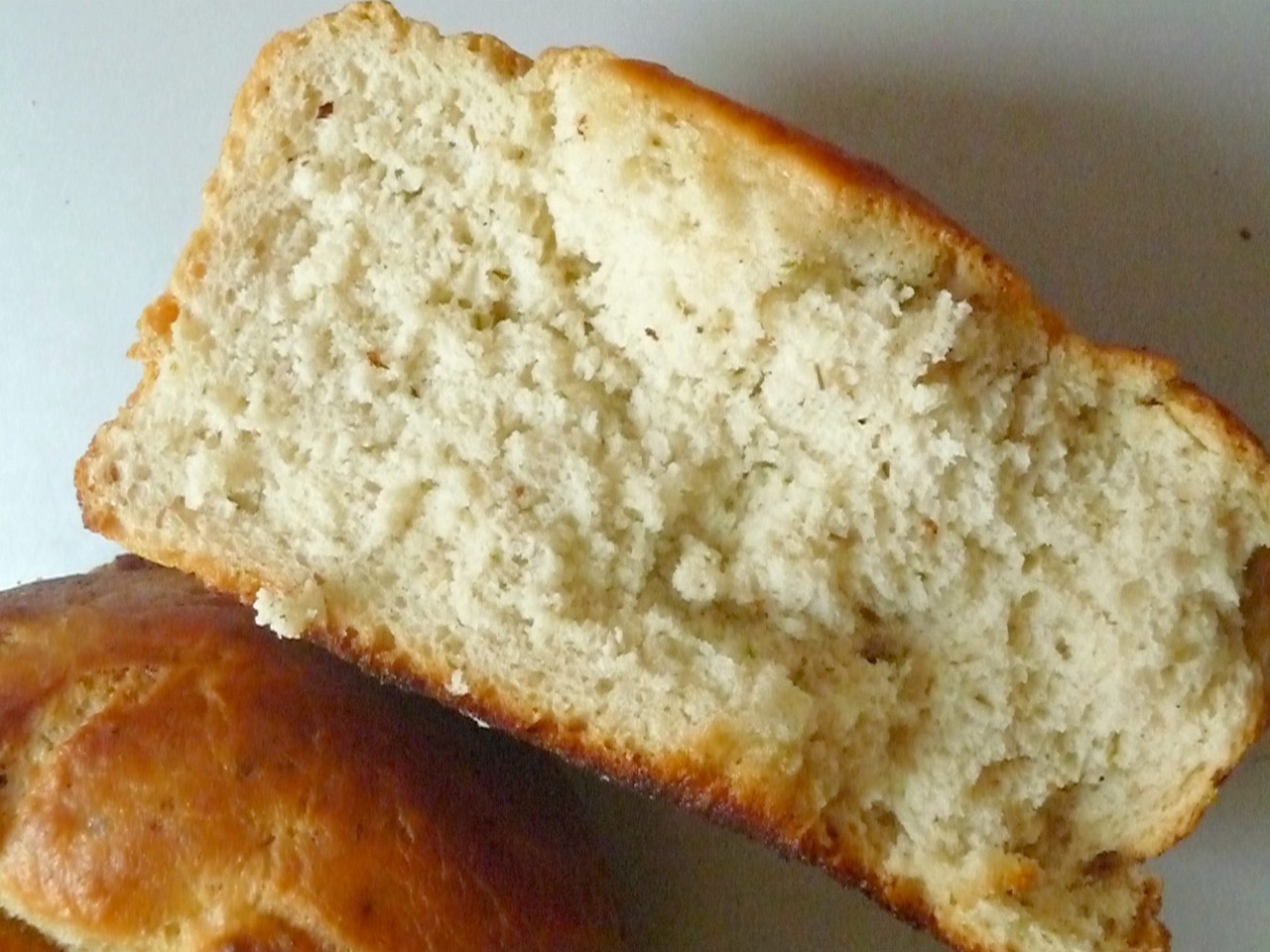

0 thoughts on “How To Store Homemade Sandwich Bread”